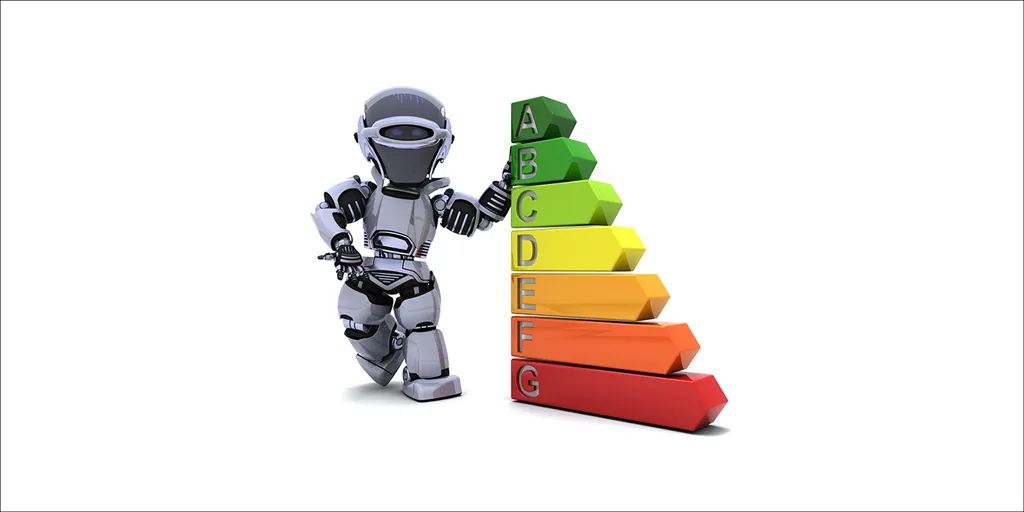2 min read
Industrial Robot Electricity Consumption: Debunking the Cost Myth
 Markus Mayr
:
Feb 3, 2023 8:29:00 AM
Markus Mayr
:
Feb 3, 2023 8:29:00 AM

In view of the rapid rise in electricity costs, companies are currently weighing up which areas to invest in. The energy balance of automation is still proving to be highly profitable for raising production to a sustainable level. Industrial robots are anything but power consumers, as can be seen not least from a comparison with typical household appliances.
How has the price of electricity developed for the industry?
The european industry is struggling with rising energy prices. There is currently no end in sight to the situation. Not only is the ongoing gas crisis causing high electricity costs, but levies, taxes and transport are also having a major impact. In addition, because French nuclear power plants are currently shut down due to maintenance, higher production costs are unavoidable. In Germany, the average electricity price for companies rose from 21 to 55 cents per kWH between 2021 and 2022 - an increase of 160 percent.
It is only understandable that the manufacturing sector is therefore reluctant to make major investments. All the more so if these generate additional electricity. This also applies to automation with industrial robots. However, a closer look at their power consumption reveals: today's robots no longer have to be power consumers.
How much electricity does an industrial robot consume per day and per month?
Depending on their range and payload, they manage with a consumption of between 0.25 and 0.5 kilowatts. By way of comparison, a kettle runs on 0.6 to 3kW, depending on the model, and a hair dryer on 1.0 to 2.0 kW.
The design and drive technology of modern industrial robots in particular are optimized for efficient operation. At a price of 55 cents/kWh, companies can use their robots - depending on their size - for as little as 1.10 to 2.20 euros per 8-hour shift. Converted to a practical example, an automation system with a robot in 2-shift operation, the monthly costs are only between 44 and 88 euros.
How do robots compare with household appliances?
A German household consumes an average of around 100 kWh or 40 euros per month for the four largest electricity consumers (electric stove, refrigerator, washing machine and TV). A single washing machine cycle alone costs between 30 and 80 cents at current energy prices, depending on the model and temperature. Anyone who dries their hair for ten minutes a day can expect to pay between 25 and 50 euros a month.
It's obvious: If companies want to make themselves ready for the future with automated production, they certainly don't have to fear skyrocketing electricity costs.
Want to learn more about industrial robots and how they work? Click here